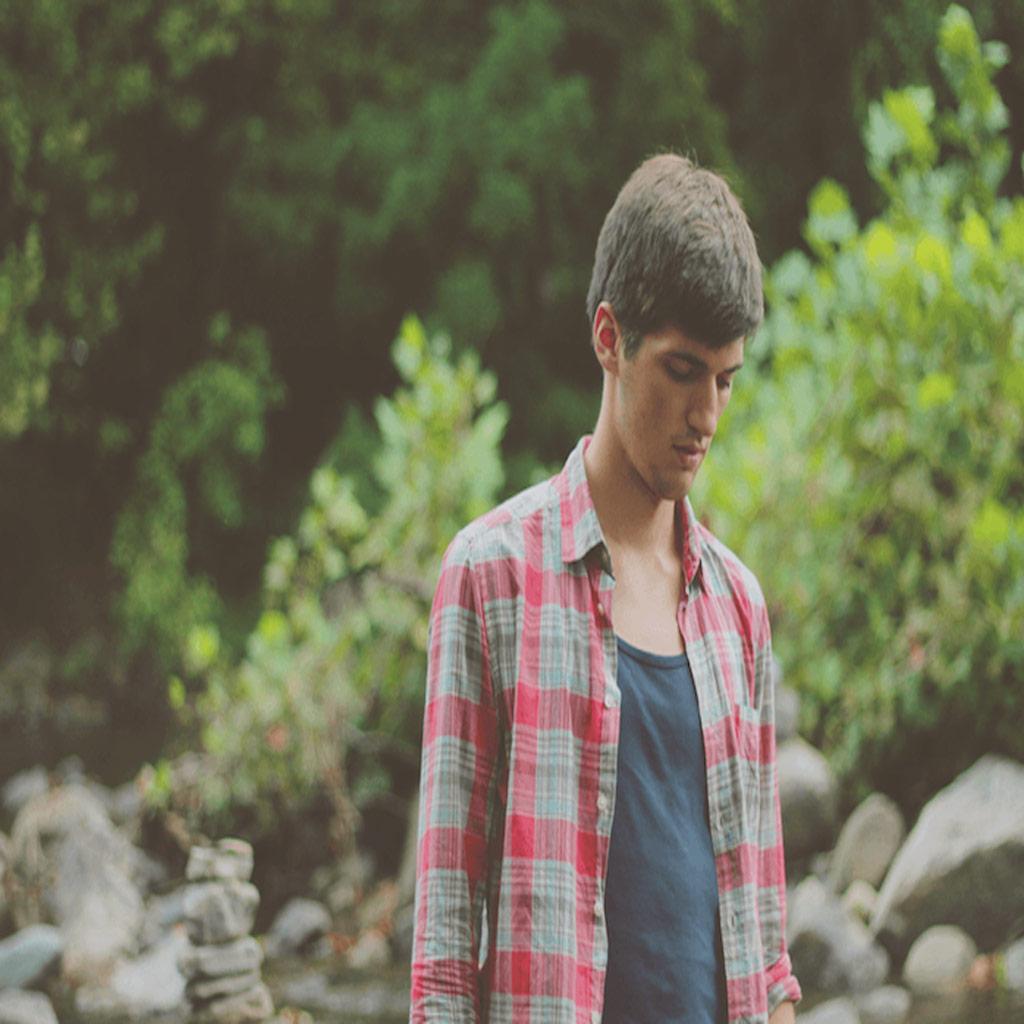Kelli Barnes
Seasonal Affective Disorder is defined as a type of depression that is related to seasonal changes. Seasonal Affective Disorder (SAD) is a type of depression that is triggered by the seasons of the year. The most common type of SAD is called winter-onset depression. Symptoms usually begin in late fall or early winter and go away in the warmer months of spring and summer. However, A much less common type of SAD, known as summer-onset depression, usually begins in the late spring or early summer and goes away by winter. SAD may be related to changes in the amount of daylight during different times of the year.
Some causes include:
Circadian rhythm
The reduction of sunlight in the fall and winter months may cause an onset of SAD. Lack of sunlight can disturb your body’s internal clock and lead to feelings of depression.
Serotonin
Serotonin is a neurotransmitter in the body that is thought to be a contributor to feelings of well-being and happiness. A decrease in sunlight can cause a drop in serotonin and trigger depression.
Melatonin
Melatonin is a hormone found in the body that helps an individual fall asleep. Changes in season can interrupt the body’s production levels of melatonin and affect sleep patterns and mood.
Symptoms
While winter SAD is linked to a lack of sunlight, summer SAD could be related to too much exposure to brightness. Some research suggests that high temperatures, longer days, heat, and humidity can trigger summer SAD. Symptoms of reverse Seasonal Affective Disorder are very similar to Seasonal Affective Disorder except for the season it appears. These symptoms include anxiety, insomnia, irritability, and agitation. In addition, those with winter SAD lack energy, while those with reverse Seasonal Affective Disorder could appear to become overly stimulated according to Psychology Today.
SAD Treatments
According to Everyday Health, generally, individuals with winter onset SAD can benefit from light therapy, which is exposure to light that can reset their biological clock and replace the lost sunlight exposure. However, light treatments may not be effective with summer SAD. Counseling can help those with Seasonal Affective Disorder. Typically, confirmed cases of reverse Seasonal Affective Disorder can also be treated with antidepressants.
Sources:
Disclaimer:
The information contained in blog posts does not necessarily reflect the views of Solace Counseling and Consulting LLC. This blog is the opinion of an individual and is not to be construed as professional advice, psychological diagnosis, or a professional relationship between the reader and the writer. Blogs are intended only to be used by consumers in search of general interest information pertaining to mental health, relationships, counseling, and related topics. Content on this website is not intended to replace or serve as a substitute for professional consultation or service. If you require help with mental health issues please contact a licensed therapist or psychiatrist in your area. If you are experiencing an emergency, head to your nearest emergency room or call 911. The posts on this website are copyright of Solace Counseling and Consulting LLC and their writers (unless otherwise sourced). They can be re-blogged or re-posted on social media but cannot be reproduced or uploaded without permission.

